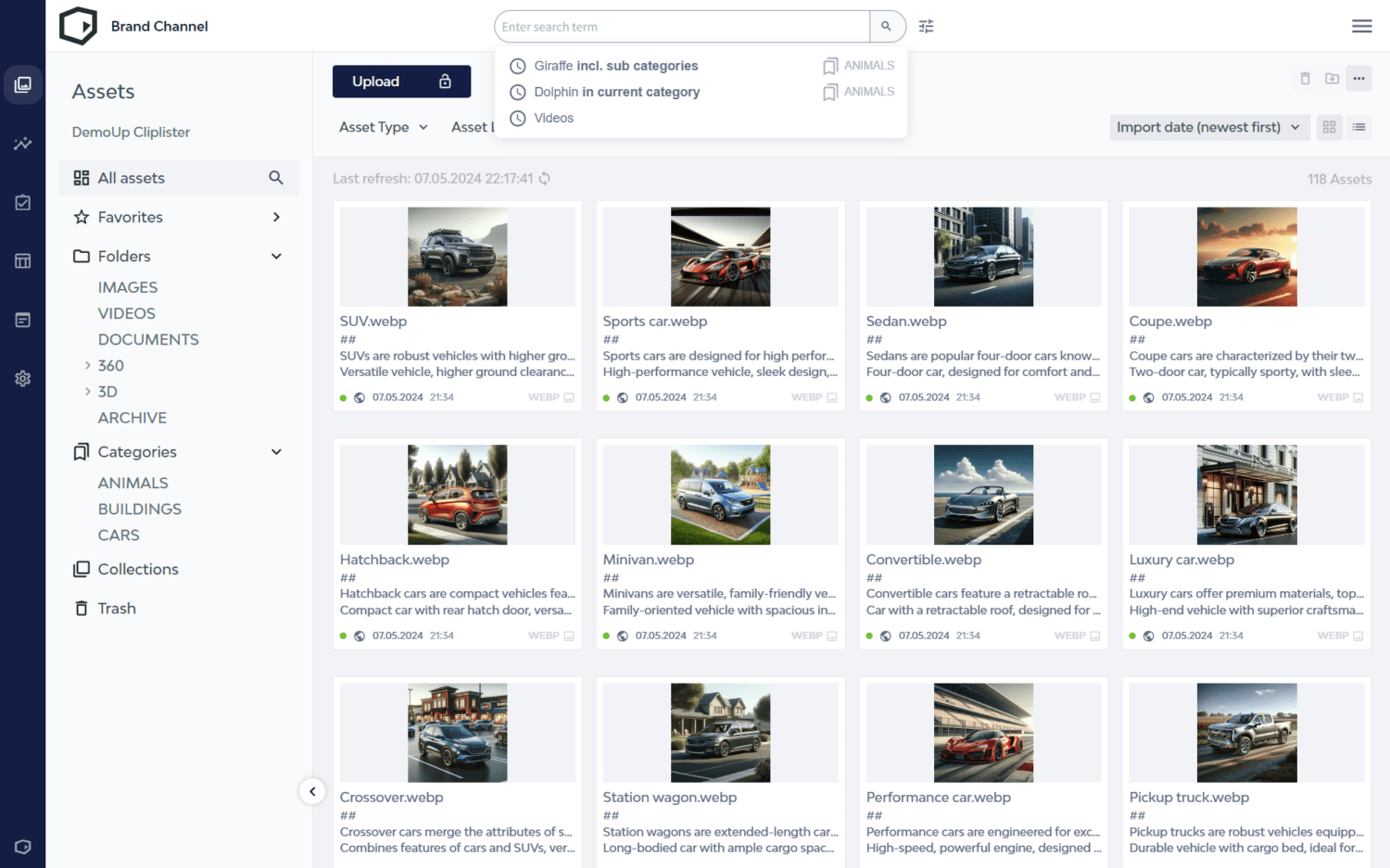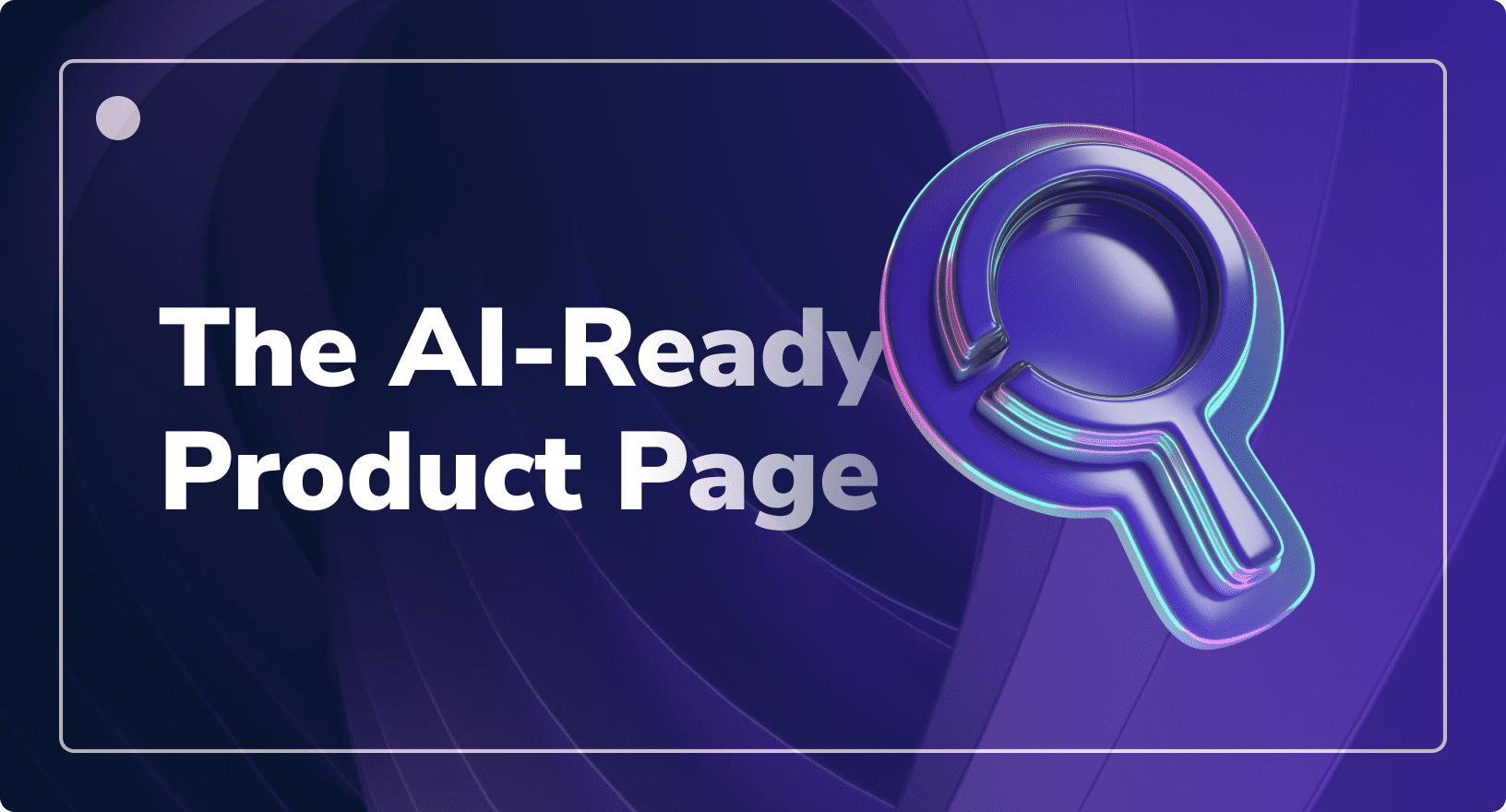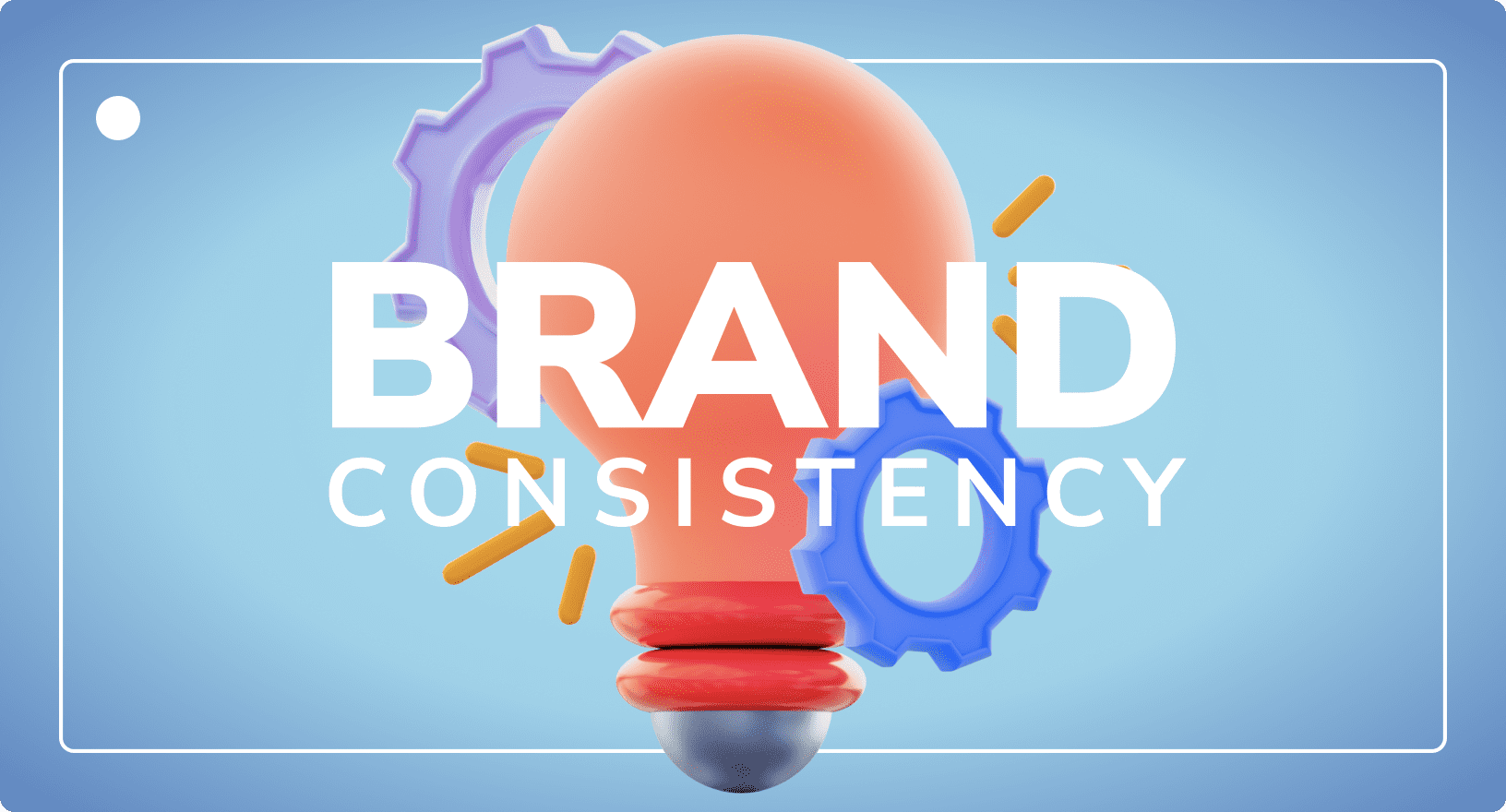Best Practices for Tagging Metadata and its Role in DAM
Digital Asset Management
Updated on February 13, 2025
Tagging metadata is essential for managing digital assets effectively. By tagging metadata, you can organise and locate your digital files quickly. Metadata tags transform digital data into searchable and accessible information, making your job easier.
Incorporating metadata tagging into your digital asset management process brings numerous benefits. It simplifies the process of finding specific files, whether you’re dealing with media files, documents, or video files.
What is Metadata Tagging?

Metadata tagging, or annotating digital files with metadata, creates a structured reference data system for organising and identifying these assets. Including information like descriptions, keywords, and other relevant data makes digital data searchable and easier to manage.
Labelling digital files with metadata enables users to quickly find specific assets, which is especially useful for managing large collections of media files, documents, and video files.
Each metadata label acts as descriptive information, helping search engines and users locate assets efficiently. This process reduces search time and increases productivity.
Definition of Metadata Tagging
Metadata labelling involves adding descriptive information to digital assets. This process creates a structured system that makes digital data searchable and easier to manage, helping categorise and retrieve files efficiently.
Labelling digital files with metadata is crucial in digital asset management. It enhances discoverability and usability, aiding search engines and users in quickly locating media files, documents, or video files. This reduces search time, boosts productivity, and ensures digital content is accessible and well-organised.
Types of Metadata Tags
Metadata can be categorised into several types based on its purpose and source. Here are the six key types of metadata:
Structural Metadata
- Defines the relationship between data elements.
- Helps with the display and navigation of data, such as table of contents and page numbers.
Descriptive Metadata
- Provides information for discovering and identifying resources.
- Includes details like title, author, and keywords, following standards like Dublin Core.
Preservation Metadata
- Involves documentation related to preserving resources.
- Covers information on rights management and actions taken to maintain digital assets over time.
Administrative Metadata
- Offers data useful for managing resources.
- Includes technical details on creation, rights, access controls, and preservation actions.
Provenance Metadata
- Tracks the origin and history of a data resource.
- Records ownership, changes, and usage, helping to trace the resource’s lifecycle.
Definitional Metadata
- Provides a common vocabulary and rules for understanding data.
- Includes definitions, context rules, and calculations, ensuring a shared understanding of data meaning.
Structural
Preservation
Provenance
Descriptive
Administrative
Definitional
Importance of Metadata Tagging in Digital Asset Management
Metadata labelling is crucial for managing digital assets effectively. Applying descriptive metadata to digital files enhances your ability to organise and retrieve it from the system.
This process makes it easier to categorise, locate, and manage content, whether it’s images, videos, documents, or audio files. Properly implemented metadata labels improves searchability and streamlines asset management.
Enhancing Searchability

Effective metadata labelling greatly boosts searchability. Attaching relevant tags to your digital assets makes it easier for users to find specific files quickly. Search engines and query systems use these metadata labels to provide accurate search results, enhancing user experience and saving time.
For instance, tagging product videos with appropriate keywords and descriptions allows users to find it easily through search filters inside the DAM.
Improving Asset Management
Well-organised metadata improves asset management by allowing users to control and sort their digital resources efficiently. Businesses can track key details such as usage rights, creation dates, and file types, helping manage large volumes of media files.
This organisation prevents duplication, ensures proper access controls, and supports better decision-making. For example, a media company can use descriptive metadata to track which video files are available for licensing, simplifying the licensing process and maximising revenue.
Implementing Metadata Tagging
To implement metadata tagging, follow these steps:
- Define a metadata schema to apply structure to your tagging process.
- Choose appropriate tags that accurately describe your assets.
- Train your team on best practices to ensure consistency.
- Regularly review and update tags to keep them relevant and useful.
Creating a Metadata Schema
A metadata schema organises and standardises how metadata is applied, ensuring consistency across digital assets.
The Dublin Core standard is a common example, providing fifteen elements like title, creator, and date. Using a schema like Dublin Core helps streamline asset management and improves data organisation.
Best Practices for Tagging Metadata
Avoid keyword stuffing for effective metadata tagging. Use relevant and precise tags that truly reflect the content. When you adhere to the same tagging standards across your team, you maintain consistency and accuracy. It’s important to review and update metadata regularly to keep it current and effective.
Tools and Technologies for Metadata Tagging
Several tools and technologies aid in metadata tagging. Digital asset management (DAM) systems are essential, offering features for automated tagging, batch processing, and advanced search.
Web services and metadata editors also support tagging tasks, making it easier to manage metadata efficiently across platforms.
Digital Asset Management Systems
DAM systems are crucial for metadata tagging. They centralise asset storage, organisation, and retrieval. Features like automated tagging and customisable metadata fields streamline the management process and ensure consistency.
Web Services and Tools
Web services and tools, such as content management systems and metadata editors, simplify tagging. These tools provide user-friendly interfaces for managing metadata, supporting various formats and standards, and improving overall asset management.
Why Metadata Tagging Matters
Metadata tagging is crucial for digital asset management (DAM) systems. It enables fast search and retrieval of files by applying descriptive labels. These tags help organise assets into collections and categories, making it easier to locate and manage them.
With effective metadata tagging, DAM systems streamline workflows, enhance asset discoverability, and support efficient content management.
Metadata Tagging for Media Files
Metadata tagging is essential for managing media files like images, videos, and audio. These relevant descriptions and keywords make it easier to search and sort through these assets within the system.
For example, tagging a video with information about its content, date, and participants improves its accessibility. This practice enhances the organisation of media libraries, facilitates quicker retrieval, and ensures that assets are easily found and utilised.
Metadata Tagging for Web Pages
In web development, metadata tags play a key role in optimising web pages. These tags, such as meta descriptions and title tags, provide essential information about web page content to search engines.
Proper use of meta tags can improve search engine rankings by making web pages more discoverable. Additionally, they aid in organising and categorising content, contributing to better user experience and more effective development of the same page.
Challenges and Solutions in Metadata Tagging
Metadata tagging can significantly enhance digital asset management, but several challenges can arise. Identifying these issues and implementing effective solutions is key to maintaining an organised and efficient system.
Common Challenges
Here are some common challenges found when you tag metadata:
Inconsistent Tagging
- Inconsistent tagging occurs when different team members use varied terms or formats. This inconsistency can lead to confusion, making it difficult to find or categorise assets.
- Impact: It reduces the efficiency of asset retrieval and hampers effective search and organisation within the DAM system.
Data Redundancy
- Data redundancy happens when the same metadata is repeated across multiple entries or assets. This duplication can clutter the system and lead to inaccurate search results.
- Impact: It causes inefficiencies and can make asset management more cumbersome, as redundant data can lead to confusion and wasted storage space.
Solutions and Best Practices
To tackle these challenges, start with standardisation. Establish a clear metadata schema or tagging standard that everyone on your team follows. This reduces inconsistencies and ensures uniformity across all assets.

Training and regular reviews are also crucial. Educate your team on proper tagging practices and the importance of consistency. Provide ongoing training and create a comprehensive tagging manual.
Additionally, a review process should be implemented to periodically audit and clean up metadata, addressing any inconsistencies or redundant data. This approach helps maintain an organised and efficient digital asset management system.
Conclusion
Metadata tagging is a cornerstone of effective digital asset management. By applying descriptive labels to your digital files, you enhance searchability, improve organisation, and streamline asset retrieval.
This process makes managing and accessing media files, documents, and web content more efficient. Key benefits include faster search results, better categorisation, and more controlled access to assets.
For more on digital asset management, product content, and e-commerce tips and tricks, visit the blog.
To see our full product portfolio, return to the homepage.
Frequently Asked Questions
Here, you’ll find answers to common questions about metadata tagging to help you understand its importance and benefits in managing digital assets.
Metadata tagging benefits digital asset management by improving organisation, making asset retrieval faster, and enhancing overall control over digital resources.
Better Content. More Sales.

Fill out the form to discover our end-to-end eCommerce content solutions for brands & shops




